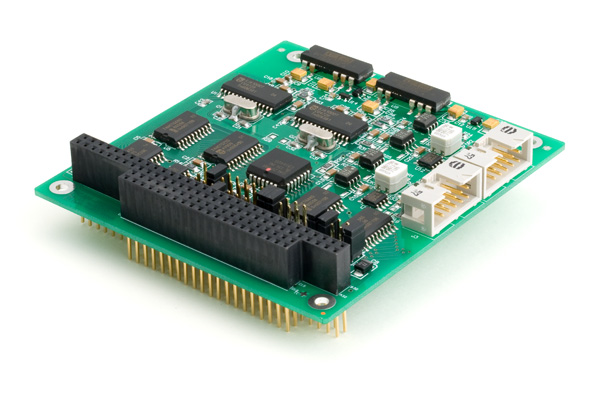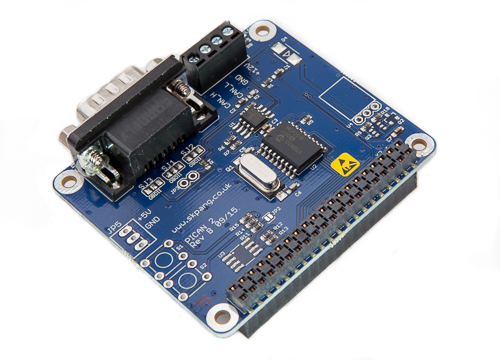Recent Posts
Industrial-Strength CAN Bus Interface for PC/104 Supports Up To Two Isolated CAN Bus Ports
Posted by on
The CAN PC/104 board by PEAK System (distributed by gridconnect in the United States) is a high-performance solution for connecting one or two high-speed CAN Bus networks with a PC/104 Bus system. The board carries the SJA1000 CAN controller and the 82C251 driver. Up to four cards can be stacked within one system, and the position of the board in the stack is adjustable per jumpers.
The connection to the CAN Bus is accomplished through a 10-pin straight connector. A cable from the 10-pin connector to a slot bracket with a 9-pin D-SUB connector (pin assignment in accordance with CiA DS 102-1) is provided. The opto-decoupled version (optional) supports galvanic isolation of up to 500 volts between the PC/104 and the CAN Bus using an integrated DC/DC converter plus optocoupler.
The PCAN-PC/104 board includes software for Windows and sample source-code for do-it-yourself programming. Driver sources for LINUX are also available.
Technical Specifications
- Form factor PC/104
- Multiple PC/104 cards operate simultaneously (interrupt sharing)
- 14 port and 8 interrupt addresses are available for configuration using jumpers
- 1 or 2 High-speed CAN channels (ISO 11898-2)
- Bit rates from 5 kbit/s up to 1 Mbit/s
- Compliant with CAN specifications 2.0A (11-bit ID) and 2.0B (29-bit ID)
- Connection to the CAN Bus per D-Sub slot bracket, 9-pin (in accordance with CiA® 303-1)
- NXP SJA1000 CAN Bus controller, 16 MHz clock frequency
- NXP PCA82C251 CAN Bus transceiver
- 5-Volt supply to the CAN Bus connection can be connected through a solder jumper, e.g. for external bus converter
- Galvanic isolation on the CAN Bus connection up to 500 V, separate for each CAN channel (only for IPEH-002056 and IPEH-002057)
- Extended operating temperature range from -40 to 85 °C (-40 to 185 °F)
PiCAN 2 - CAN Interface for Raspberry Pi
The PiCAN2 board provides Controller Area Network (CAN) Bus capabilities for the Raspberry Pi. It uses the Microchip MCP2515 CAN controller with MCP2551 CAN transceiver. Connection are made via DB9 or 3-way screw terminal.
There is an easy-to-install SocketCAN driver, and programming can be accomplished in C or Python.
Features
- CAN 2.0 A/B (ISO 11898) at 1 Mb/s
- High speed SPI Interface (10 MHz)
- Standard and extended data and remote frames
- CAN Bus connection via standard 9-way sub-D connector or screw terminal
- Compatible with OBDII and SAE J1939
- Solder bridge to set different configuration for DB9 connector
- 120Ω termination resistor
- Serial LCD ready
- LED indicator
- Four fixing holes, comply with Pi Hat standard
- SocketCAN driver, appears as can0 to application
- Interrupt RX on GPIO25
 Loading... Please wait...
Loading... Please wait...


